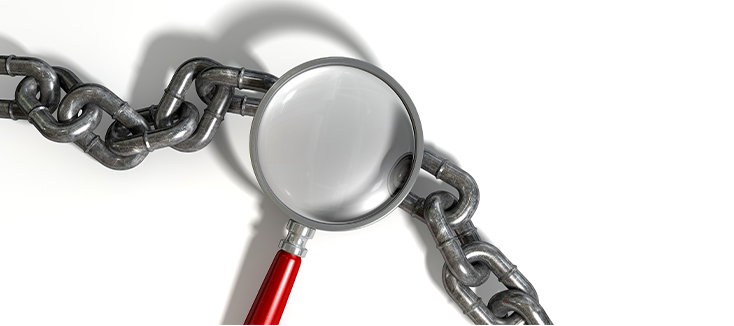Pre-cleaning is the first and most critical step to ensuring a successful high-level disinfection of a TEE ultrasound transducer; the industry commonly interchanges the terms “pre-cleaning” and “cleaning”. Properly cleaning the probe optimizes the disinfection process and “must always be performed prior to high-level disinfection.”1 Skipping this simple step or if it is performed inadequately, can easily compromise the entire disinfection procedure.
What is cleaning?
The Centers for Disease Control and Prevention (CDC) defines cleaning as:
Cleaning is the removal of foreign material (e.g., soil, and organic material) from objects and is normally accomplished using water with detergents or enzymatic products. Thorough cleaning is required before high-level disinfection and sterilization because inorganic and organic materials that remain on the surfaces of instruments interfere with the effectiveness of these processes.2
How do I properly clean a probe?
- Pre-cleaning must be done for the successful reprocessing cycle of a “dirty” TEE probe. When the probe is removed from the patient it should be wiped with an enzymatic product, like the TEEZyme® TEE Probe Enzymatic Sponge, to remove organic and inorganic soil so as to prevent these materials from drying on the probe.
- Cleaning should be done prior to high-level disinfection of the TEE probe. The probe should be rinsed to remove the pre-cleaning solution with a large volume of tempered water. The general recommendation is for a one minute contact time per eight liters of water.
- The rinse water then must be drained or removed from the basin or sink.
- The basin or sink is again filled with the tempered water along with an enzymatic solution for an enzymatic bath.
- The TEE probe is submerged into this bath. The handle and connection cable should never be placed in the soak basin or sink to avoid damage to the probe.
- Soak the probe shaft for the manufacturer’s directed time found in the instructions for use.
- After the enzymatic bath is complete, the basin or sink should be emptied and fresh tempered water should be used to rinse the TEE probe. This rinse should also use a large volume of tempered water.
- A drying step, like the QwikDry® TEE Probe Drying Cloth, is recommended before placing the probe into the high-level disinfectant solution. This can eliminate excess moisture that could interfere with subsequent microbicidal processes. Debris and gel can act as a barrier, while water can dilute the disinfectant which can mitigate the disinfection process. With reusable disinfectants this can become problematic. The healthcare professional must be vigilant in conducting a Minimum Required Concentration (MRC) test prior to each and every high-level disinfection process.
What do inspectors look for?
When it comes to cleaning probes, inspectors will look for the following:
- Are you following manufacturer’s instructions for cleaning or evidence-based guidelines?
- Are you visually inspecting the probe prior to high-level disinfection for residual soil and re-cleaning as needed before high-level disinfection?
Is cleaning still required when using an automated reprocessor?
Yes. Cleaning is still required when using an automated reprocessor. As with manual disinfection methods, you need to start the disinfection process with a clean probe. One might ask why cleaning is necessary if you’re going to perform a high-level disinfection or sterilization process.
Consider this:
- “Cleaning residual organic or inorganic matter left on the probe increases the margin of safety and shortens the exposure time required to kill the entire microbial load.”2
- Any remaining transducer gel can also act as a barrier to the high level disinfectant and diminish the efficacy of reusable disinfectant.
What do I do next?
Once you have completed the cleaning cycle, your TEE ultrasound probe is ready for high-level disinfection. To learn more about the disinfection process, review the TD 100 Automated TEE Probe Disinfector video or call one of CS Medical’s high-level disinfection experts at 877‑255‑9472 (US).
Always be sure to refer to your facility’s infection control policies and protocols, as well as the probe manufacturer’s Instruction for Use and Labels for Use.
- https://www.cms.gov. Sample CMS Survey for ASC, Infection Control Surveyor Worksheet, Exhibit 351
- CDC Guideline for Disinfection and Sterilization in Healthcare Facilities, 2008. Pg 33, 36


